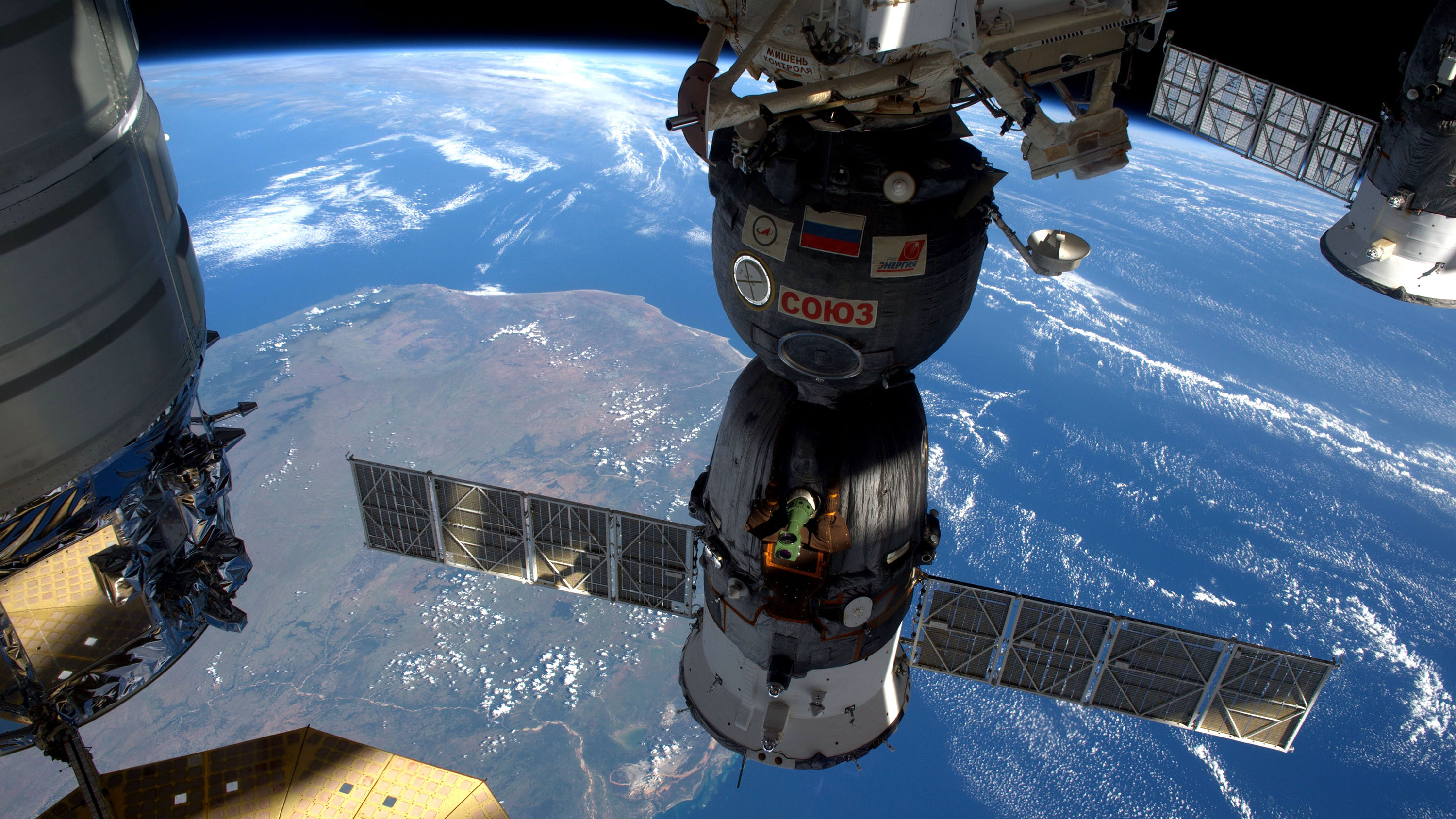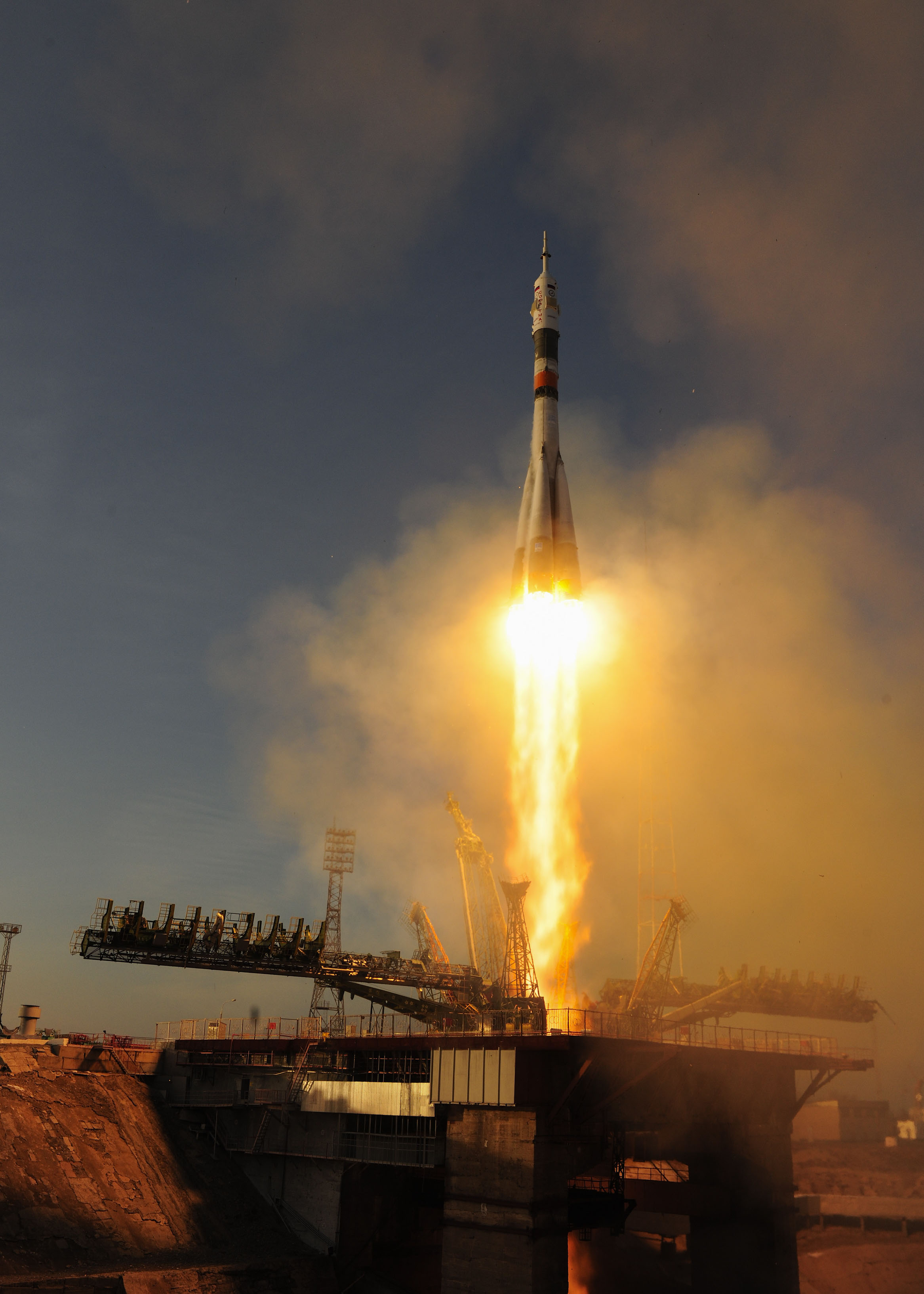
Soyuz TMA-M review
Driving
What is it like to drive?
“The first stage of the rocket launch is all about noise,” says Tim Peake. “What’s more fun, I think, is the third stage when you’re already up in space, you’ve already got the altitude, and the rocket is horizontal. That’s when you’re accelerating to 25 times the speed of sound.
“You’ve already had about four minutes of getting up into space, now you’re still doing 4g and you’ve got four minutes of horizontal 4g acceleration. That’s an awful long time. Even after 30 seconds you’re thinking ‘that’s enough, surely!’
“With anything I’d driven or flown before then, my mind was able to comprehend the speed. Even if I’m in a fast jet or a racing car, my mind is able to compute. In that rocket you can’t. It’s not beyond your comfort zone, because you’re actually enjoying it – you’re smiling – but you’ve gone beyond the point you can comprehend how fast you’re going.
“The g forces build up quite gradually, though, so by the time you’re doing 4g – yeah, it feels like you’re doing 4g, but it’s not slamming into you. It’s arguably more aggressive on a racetrack in a car, when you’re going 170mph and hit the brakes.
“You’re probably doing 4g of braking but it’s instantaneous so you’re getting subjected to quite strong g forces very, very quickly. In a rocket, the moment you get a really sudden g force isn’t launch, it’s when the third stage rocket cuts out and you go from about 4.5g to zero g in a fraction of a second. That’s a massive jolt.”
It’s at this point the Soyuz is no longer what we know as a rocket, as it looks leaving Earth, but like a seven-tonne, seven-metre-long satellite that’ll dock with the ISS. And then stay parked there for as long as its astronauts are orbiting Earth doing their job (still at nearly 18,000mph, we should add). Six months, in the case of Peake and his flight mates Yuri Malenchenko and Timothy Kopra. But what’s the journey back home like?
“Deceleration to 5g re-entry is actually pretty gradual and it builds up really, really gently,” says Peake. “Actually all through re-entry is quite a gentle experience. You’ve got a lot of noise going on – lots of wind rush outside the capsule – and you’ve got a lot of heat, so you’re sweating inside and it does become hard to breathe with all the g force.
“What’s really, really aggressive is when the parachute opens. You’re still just going over the speed of sound and these braking chutes come out first; it’s very, very violent and the capsule is swung around – you get about 20 seconds of complete rollercoaster feeling – then the main canopy opens with a big jolt as well. That’s the bit that’s really quite violent. The eight minutes of coming through Earth’s atmosphere is uncomfortable, but it’s not aggressive.”
Featured

Trending this week
- Car Review
BMW iX3






